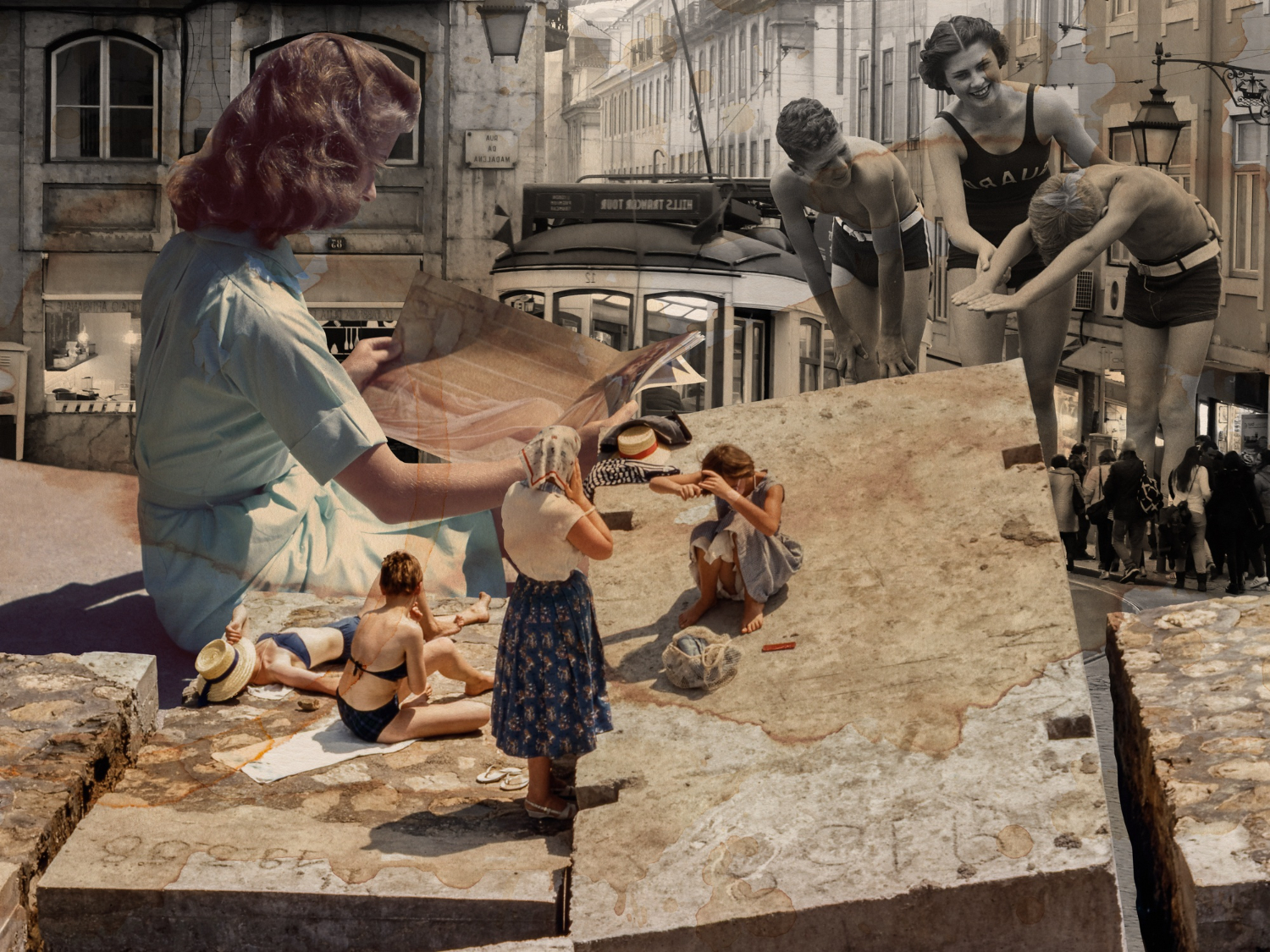The Journey Through Art History: An Introduction to Key Periods and Styles
Embarking on a journey through the fascinating world of art history, we find ourselves traversing a rich tapestry of human creativity, emotion, and intellect. Art history is not merely a chronicle of artistic techniques and aesthetics; it’s a mirror reflecting the complex interplay of social, political, and cultural currents throughout human history. From the enigmatic cave paintings of prehistoric times to the avant-garde movements of the modern era, each period and style of art tells a unique story, offering insights into the human condition and our perpetual quest for expression and meaning.
The Birth of Art: Prehistoric and Ancient Civilizations
The dawn of art history is shrouded in the mists of prehistory, with the earliest known artworks being the cave paintings of Lascaux and other sites, dating back to around 17,000 BCE. These artworks not only exhibit early humans’ artistic skills but also their deep connection with nature and the spiritual world. Moving forward, ancient civilizations such as Egypt, Mesopotamia, Greece, and Rome brought their distinct contributions. The art of these cultures, from the enigmatic Sphinx of Egypt to the classical statues of Greece and the frescoes of Rome, not only served aesthetic purposes but also functioned as political and religious symbols.
The Middle Ages: From Byzantine to Gothic
Transitioning from the ancient world, the Middle Ages offered a diverse array of artistic styles. The Byzantine art, with its iconic mosaics and religious emphasis, set the stage for the medieval period. This era also saw the emergence of Romanesque art, characterized by robust and solemn architecture and vividly colored sculptures and manuscripts. The Gothic style, which followed, brought a sense of lightness and height to architecture, as seen in the soaring spires and intricate stained glass windows of cathedrals like Notre Dame in Paris.
The Renaissance: Rebirth of Classical Ideals
The Renaissance, a period of rebirth and rediscovery in Europe, especially during the 14th to the 17th centuries, marked a pivotal moment in art history. This era witnessed the resurgence of classical learning and values, encapsulated in the masterful works of artists like Leonardo da Vinci, Michelangelo, and Raphael. Their art was characterized by a deep exploration of human anatomy, perspective, and an emphasis on realism and the beauty of the natural world. This period also saw the rise of new techniques in painting, sculpture, and architecture, profoundly influencing the course of Western art.
Modern Art: Breaking with Tradition
The onset of the 19th century ushered in an era of dramatic change and experimentation in the arts, challenging traditional norms and conventions. This period witnessed the emergence of various movements such as Impressionism, Post-Impressionism, Cubism, Surrealism, and Abstract Expressionism. Artists like Vincent van Gogh, Pablo Picasso, and Salvador Dalí pushed the boundaries of artistic expression, experimenting with new techniques, perspectives, and themes. This period was a testament to the unceasing innovation of the human spirit, as art became a platform for exploring the complexities of the modern world.
In conclusion, the journey through art history is an endless exploration of human creativity and expression. Each period and style reflects the changing contours of human history, offering a unique window into our collective past. As we continue to delve into this rich and diverse field, we uncover more about our identity, our culture, and the myriad ways in which we understand and interpret the world around us.

